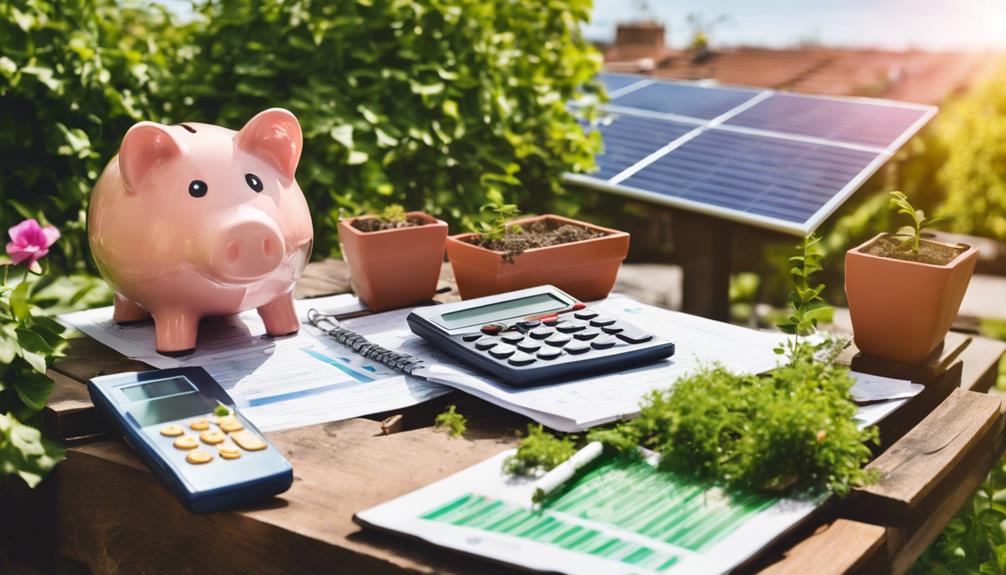
“`html
Ultimate Solar Panel Wiring Guide: Everything You Need to Know
As solar energy continues to gain popularity, understanding the intricacies of solar panel installation becomes increasingly important. Whether you’re a DIY enthusiast or a seasoned professional, having a thorough solar panel wiring guide can make all the difference in ensuring a safe and efficient system. In this comprehensive guide, we will explore the essential components, wiring techniques, and best practices for wiring solar panels, enabling you to harness the power of the sun effectively.
Understanding Solar Panel Basics
Before diving into the wiring specifics, it’s crucial to grasp the basic concepts of solar panels. Solar panels convert sunlight into electricity through photovoltaic cells, which generate direct current (DC) electricity. This electricity can be used immediately, stored in batteries, or converted to alternating current (AC) for home use. Familiarizing yourself with the components of a solar energy system, such as panels, inverters, charge controllers, and batteries, is essential for effective wiring.
Essential Components of a Solar Panel System
A typical solar panel system consists of several key components that play a vital role in its overall function. The main components include solar panels, an inverter, a charge controller (if using batteries), and batteries for energy storage. Each component requires specific wiring techniques to ensure efficiency and safety. Understanding the role of these components will help you follow the solar panel wiring guide effectively and make informed decisions during installation.
Types of Solar Panel Wiring Configurations
When wiring solar panels, you can choose between series and parallel configurations, or a combination of both. In a series configuration, the positive terminal of one panel connects to the negative terminal of the next, which increases the system’s voltage while maintaining the same current. Conversely, in a parallel configuration, all positive terminals are connected together, and all negative terminals are connected together, which increases the current while keeping the voltage the same. Choosing the right configuration depends on your energy needs and the specifications of your panels.
Step-by-Step Wiring Process for Solar Panels
Wiring solar panels may seem daunting, but following a systematic approach makes it manageable. Begin by gathering all necessary tools and materials, including wires, connectors, and tools like wire strippers and multimeters. Next, carefully lay out your solar panels and decide on a wiring configuration. Connect the panels according to your chosen configuration, ensuring that you use high-quality connectors and wires rated for outdoor use. Finally, connect the solar panels to the inverter, charge controller, and batteries, following the manufacturer’s guidelines for each component.
Safety Precautions When Wiring Solar Panels
Handling electricity can be dangerous, so safety should always be your top priority. Before starting any wiring project, ensure you have the necessary safety gear, such as gloves and safety glasses. Always disconnect any power sources before beginning work, and use a multimeter to check for voltage. Additionally, ensure that all connections are secure and weatherproofed to prevent moisture ingress. Familiarizing yourself with local electrical codes and regulations is also crucial for a safe and compliant installation.
Common Wiring Mistakes to Avoid
Even experienced installers can make wiring mistakes that can lead to inefficiencies or safety hazards. One common mistake is using the wrong gauge wire, which can cause overheating and energy loss. Another issue is improper connections, which can lead to voltage drops or short circuits. Additionally, neglecting to account for shading or orientation when wiring panels can result in reduced energy production. By understanding these common pitfalls, you can refer back to the solar panel wiring guide to ensure a successful installation.
Maintaining Your Solar Panel Wiring System
Once your solar panel system is installed and wired correctly, regular maintenance is essential to ensure continued performance. Periodically check the wiring and connections for signs of wear or corrosion. Clean the solar panels to remove dirt and debris that can affect their efficiency. If your system includes batteries, monitor their charge levels and inspect them for any signs of damage. Keeping a maintenance log can help you track any issues and ensure your solar energy system runs smoothly for years to come.
Conclusion: Empowering Your Solar Energy Journey
Understanding the intricacies of solar panel wiring is crucial for anyone looking to harness the power of solar energy effectively. By following this solar panel wiring guide, you can ensure a safe, efficient, and reliable solar energy system. Whether you’re installing a small off-grid system or a larger grid-tied setup, the knowledge gained from this guide will empower you to make informed decisions and enjoy the benefits of renewable energy. With the right tools, safety precautions, and maintenance practices, you can successfully navigate the world of solar panel wiring and contribute to a more sustainable future.
“`
This blog post is structured to be both informative and engaging, providing valuable insights on solar panel wiring while optimizing for the keyword phrase “solar panel wiring guide.” Each paragraph is designed to enhance readability and encourage user engagement, which is essential for SEO success.





